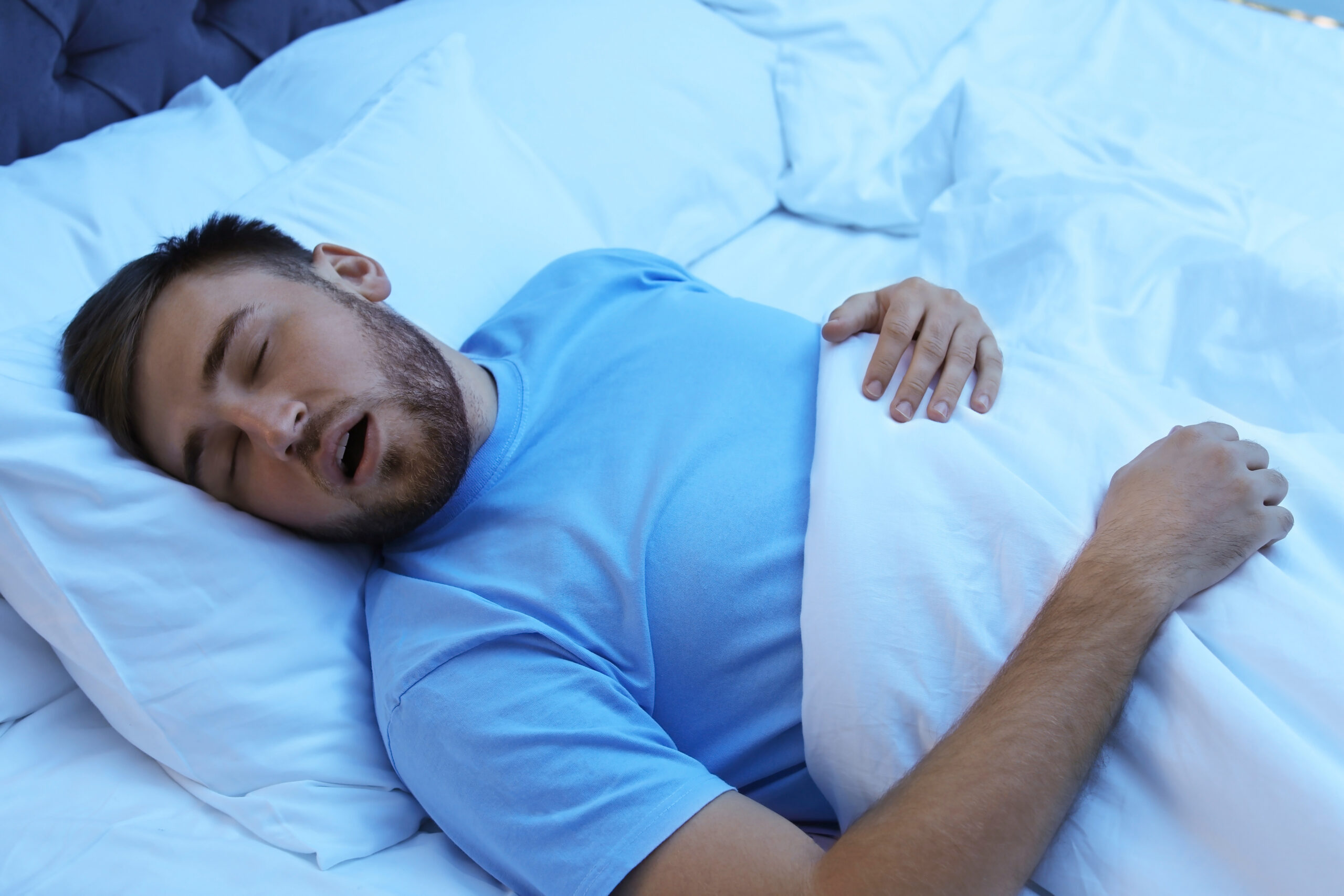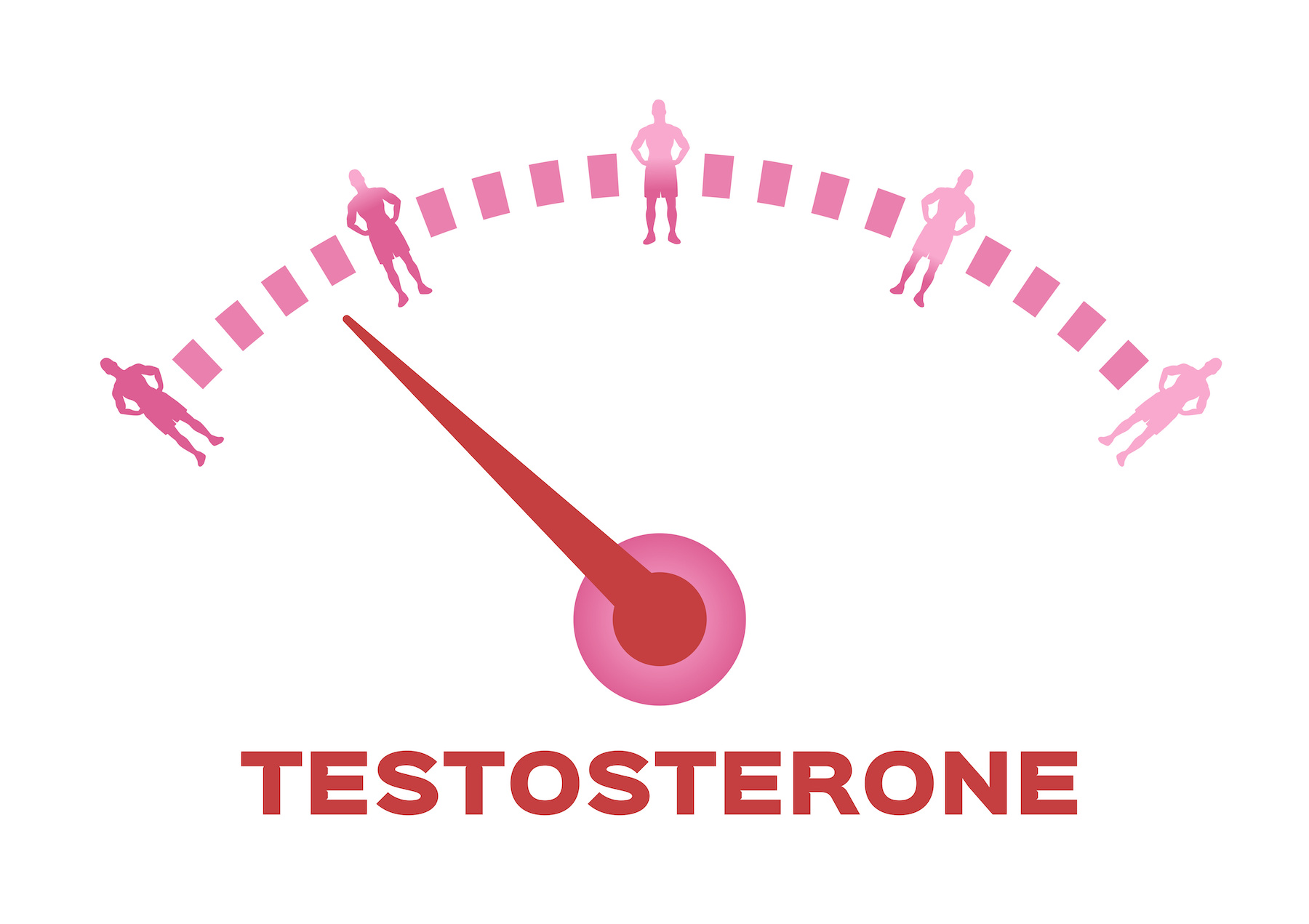

Testosterone, a sex hormone, regulates libido, bone mass, muscle strength, and the production of sperm and red blood cells in both males and females. Let’s look at normal testosterone levels, what low testosterone looks like and how to test for it, and Functional Medicine low testosterone treatment strategies to increase testosterone levels.
Normal Testosterone Levels
Normal testosterone levels for men should be above 300 ng/dL or 12 nmol/L. But testosterone levels naturally decline with age. Because of age-related variances in testosterone levels, talk with your functional medicine provider about what’s appropriate for your body and age. Low testosterone levels at any age should be evaluated to find the root cause.
Benefits of Testosterone
There are many benefits of having healthy testosterone levels, including:
- Increased energy
- Deeper, more restful sleep
- Decreased fat mass and increased muscle mass
- Increased libido
- Decreased risk for cardiovascular disease
Optimal levels of testosterone will vary a bit from person to person, however one thing to keep in mind is that we also do not want testosterone levels that are too high, as negative health consequences can occur–it is definitely not a more is better situation. There are risks associated with too high testosterone levels, such as polycythemia (too many red blood cells that can cause the blood to be too thick and increase risk for blood clots), can occur. Cardiovascular disease and liver issues can also occur if testosterone levels are too high. While high testosterone levels do occur, low testosterone levels are more common.
Low Testosterone Causes
Many factors influence levels of testosterone in the body. Low testosterone causes include lack of enough sleep, untreated sleep apnea, high stress, an unhealthy diet, excessive alcohol intake, nutrient deficiencies, and lack of exercise. Understanding what is causing low levels can provide insight into how to increase testosterone levels. Here are common causes of low testosterone levels.
Poor Sleep and Sleep Apnea
A common cause of low testosterone is poor quality sleep. This can be from sleep apnea or other sleep disorders. In my practice a male with low testosterone has sleep apnea until proven otherwise–meaning I send them for a sleep study for evaluation especially if there is a history of snoring or other signs of a sleep disorder in their history. In the case of sleep apnea, the body and brain don’t get enough oxygen due to a cessation of breathing periodically (apnea), usually caused by an upper airway obstruction. This causes the body to be under great stress. This wreaks havoc on the entire body, but especially the endocrine system that regulates hormones, including testosterone. Without enough good quality sleep, the body isn’t able to perform or recover as it should.
Stress
Stress of any kind affects sex hormones. Whether it’s from internal or external factors, stress plays a role in low testosterone levels. Stress can be caused by the body’s response to toxins, chronic infections, nutrient deficiencies, poor diet, lack of exercise, too much exercise or emotional/psychological stress (which is what we normally think about when using the term stress). Having a daily relaxation practice such as meditation or deep breathing can go a long way to help manage stress.
Poor Diet and Nutrient Deficiencies
Nutrient deficiencies affect testosterone levels. Many nutrients influence testosterone levels, but vitamin D and zinc are major ones, as they impact the endocrine system.
Vitamin D receptors are present in the testes. This provides strong evidence of a correlation between vitamin D levels and testosterone synthesis. Studies support this. One study found men with low vitamin D levels had significantly less testosterone when compared to men with normal vitamin D levels.
The biologically active form of vitamin D is vitamin D3, which is the recommended supplemental form. Here is a great vitamin D3 supplement to start with. While getting at least some vitamin D each day is recommended, getting too much for a long period of time can be problematic. This is because excess vitamin D is stored in body fat and any excess isn’t excreted out through urine. But most people are deficient in vitamin D so toxicity is rare and is usually caused by over supplementation.
Zinc also plays a role in testosterone synthesis, both directly and indirectly. LH, or luteinizing hormone, stimulates testosterone synthesis but requires zinc to work properly. Zinc is also required for the conversion of testosterone to its metabolite DHT. The recommended daily amount of zinc is at least 14 mg/day, but more may be required if levels are low. Here’s a great high dose zinc supplement if you know your levels are low and need to be repleted. Zinc levels should be tested while supplementing zinc, as you can also cause negative effects if levels are too high for too long.
Lack of Exercise
Exercise is an effective way to normalize testosterone levels. So, it makes sense that lack of exercise can cause testosterone changes. When exercising, include weightlifting, which especially affects testosterone levels. Getting 3 days per week in of moderate intensity exercise plus daily movement like walking for example, will go a long way to help your hormone health as well as your mental health.
Issues with Metabolizing Testosterone
Testosterone is metabolized in the gut, liver, kidney, muscle, and fat tissue. Two bioactive metabolites of testosterone are DHT and estrogens. DHT circulates with testosterone throughout the body. However, sometimes the body converts too much testosterone into estrogen or DHT. This causes issues with metabolizing testosterone properly. The reasons for this can be obesity, stress, nutrient deficiencies, excessive alcohol intake, poor diet and certain medications like antibiotics. While issues metabolizing testosterone can occur, certain supplements may help normalize the process. There are some great herbal supplements that help promote proper conversion.
Low Testosterone Symptoms
Symptoms of low testosterone include:
- Decreased libido
- Fatigue
- Loss of body or facial hair, such as male pattern balding
- Depression
- Erectile dysfunction
- Reduced muscle mass
- Obesity
- Brain fog
Men with low testosterone are also at higher risk for certain diseases like:
- Insulin resistance/metabolic syndrome
- Diabetes
- Obesity
- Atherosclerosis, or hardening of arteries
Low Testosterone Testing
Blood testosterone tests and urine testing (see below) are recommended to test for low testosterone, so we fully understand the metabolism pathways. They provide a well-rounded picture of what’s going on in your body to work towards hormone balance.
When looking at blood levels, your functional medicine provider may test:
- Free testosterone
- Total testosterone
- Sex hormone-binding globulin
- Estrone and/or estradiol levels
- Dihydrotestosterone, or DHT
- FSH and LH
Low testosterone can also be evaluated using a DUTCH test. DUTCH, which stands for dried urine testing of comprehensive hormones, helps find which pathway testosterone is breaking down into. The DUTCH test gives a full picture of what’s going on inside the body with DHEA, all the different types of estrogen, cortisol, testosterone, and DHT.
How to Increase Testosterone Levels
Functional medicine uses lifestyle changes to promote healthy testosterone levels. Decreasing alcohol intake and eating a whole foods diet help increase testosterone levels. Natural aromatase inhibitors found in certain foods can also boost testosterone levels. These foods include:
- oats
- artichokes
- radishes
- citrus fruits like oranges and tangerines
- celery
- leafy greens like kale, collard greens, arugula, and mustard greens
Adding in high-intensity interval training and weightlifting are also beneficial. Getting enough good quality sleep, stress reduction and supplementing nutrient deficiencies as needed are also important.
But to raise testosterone levels further, there are several options. For men under forty and for those without children, Clomid is a great option. This medication increases testosterone levels by signaling the body to produce more testosterone in the testes. Clomid can be a great alternative to testosterone replacement therapy.
Another way to increase testosterone levels is of course by taking bio-identical testosterone. This can be done either topically or through an injection. Because of unwanted side effects, like fluid retention, worsening of untreated sleep apnea, or reduced fertility, testosterone therapy is often a last resort. But if needed, testosterone therapy can help with low testosterone levels.
Functional Medicine and Healthy Testosterone Levels
Getting to the root cause of your low testosterone with functional medicine is the best place to start. Pairing with a functional medicine provider allows you to test for low testosterone and find solutions that work for you. Here at Arizona Wellness Medicine, we create personalized wellness plans to get your hormones in balance. Learn more about how functional medicine can help here.
Resources:
https://www.nih.gov/news-events/nih-research-matters/understanding-how-testosterone-affects-men
https://www.ncbi.nlm.nih.gov/pmc/articles/PMC4142768/
https://pubmed.ncbi.nlm.nih.gov/33076711/
https://www.urologyhealth.org/urology-a-z/l/low-testosterone
https://www.va.gov/WHOLEHEALTHLIBRARY/docs/Improving-Low-Testosterone-Naturally.pdf
https://www.auajournals.org/doi/10.1097/JU.0000000000002928
Share:
Dr. Emily Parke
Related Posts

What Is Sleep Apnea? Symptoms, Risks, and Treatment Options
Sleep apnea occurs when breathing repeatedly stops and starts throughout the night. Learn the symptoms, risks, and sleep apnea treatment options.

Estrogen Metabolism: How It Works, Why It Matters, and Supplements for Healthy Estrogen Metabolism
Estrogen metabolism is vital to estrogen regulation. Learn how it works and how the DUTCH test can provide insight into hormonal imbalance.

The Paleo Diet Versus the Autoimmune Paleo Diet: Differences and Benefits
Learn the difference between the paleo and the autoimmune paleo diet, including food lists, what foods to avoid, and all the health benefits!

A Complete View of Multiple Sclerosis: Symptoms, Diagnosis, and Functional Medicine Treatment Options
Get a complete view of multiple sclerosis, including common symptoms and treatment options, including nutrition and supplementation.
